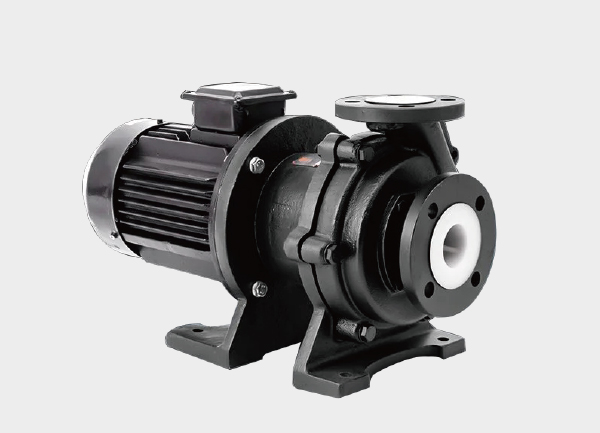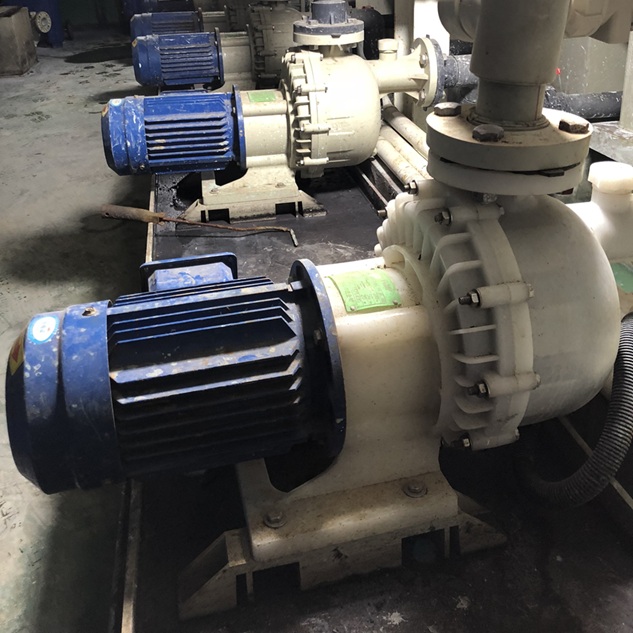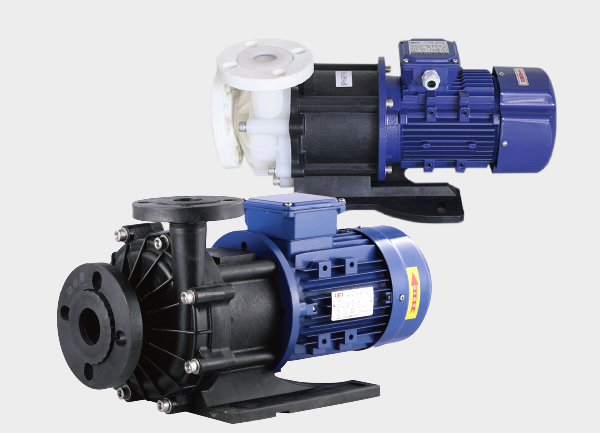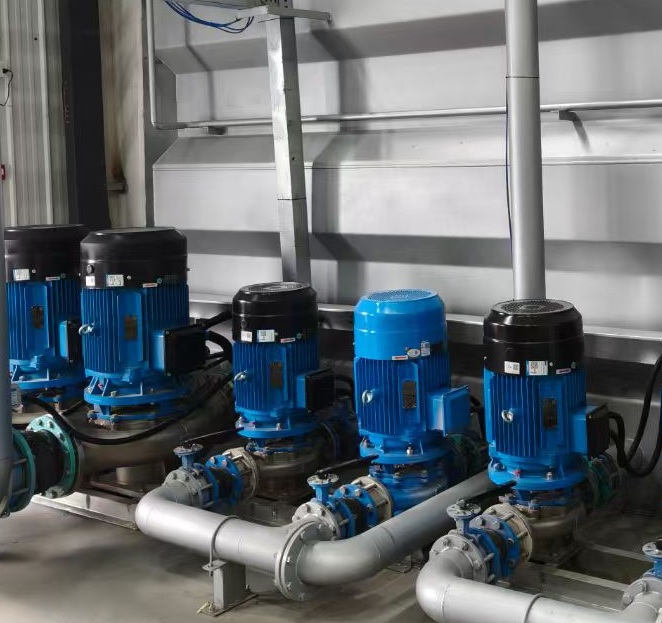Among the family of magnetic pumps, the stainless steel self-priming magnetic pump is significantly different from the ordinary magnetic pump. Understanding these differences is helpful for enterprises to make reasonable choices based on the working conditions.

Structural Differences
Ordinary Magnetic Pump: A bottom valve needs to be installed before the pump or the pump needs to be started by filling it with liquid.
Self-priming magnetic pump: It has an internal priming chamber, which enables automatic liquid intake during startup, making it more suitable for low liquid level conditions.
Performance Comparison
Ease of Installation: Self-priming pumps do not require a bottom valve, thereby reducing the difficulty of construction.
Scope of application: Ordinary magnetic pumps are suitable for continuous transportation, while self-priming magnetic pumps are suitable for intermittent transportation and in situations with large fluctuations in liquid level.
Price factor: The self-priming structure is more complex, resulting in a slightly higher price. However, it saves on additional components and maintenance costs.
Why choose stainless steel?
Stainless steel has the advantages of being corrosion-resistant, heat-resistant and having high strength. It can be widely applied in fields with high requirements such as chemical engineering, medicine and environmental protection, avoiding the problem of performance degradation of plastic pumps in high-temperature or strong corrosive media.
Summary
If the liquid is pumped from a low position and there are frequent start-ups and stops, it is recommended to use a stainless steel self-priming magnetic pump; if the liquid level is stable and continuous pumping is required, a regular magnetic pump can meet the needs.







